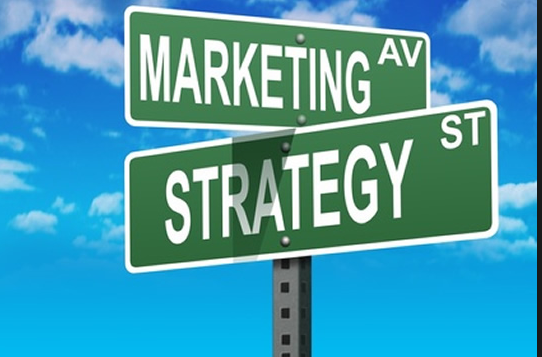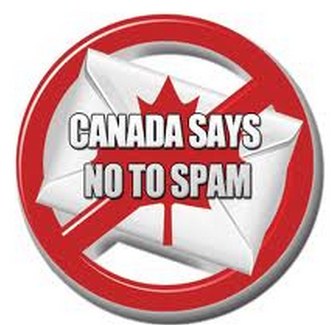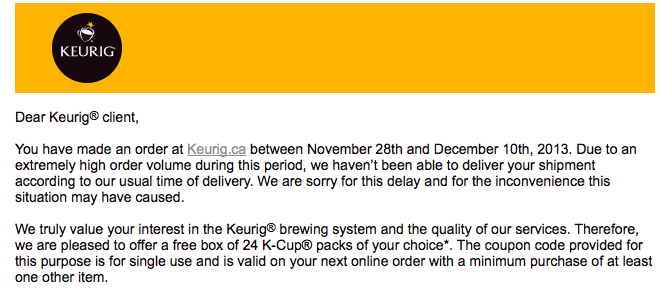2 Reasons Why You Will Never Be A Leader
I have been thinking a lot about leadership lately. Between the volunteer work that I do and some pretty cool and specialized work with my clients, the conversations have really caused me to pause and think about what makes a leader, and in particular, a good leader. Is a leader born? Or, can someone develop leadership qualities over time? I would say, based on my experience, yes and yes. But, are there characteristics that would indicate that you will not be a good leader? Yes there are. There are 2 pretty good reasons why you will never be a “true” leader and they are pretty straight forward.
Before getting into the two reasons, it is important to note that good leaders have certain things in common. Good leaders are:
- very self-aware;
- genuinely concerned about others and like people;
- good listeners;
- great at connecting with people, as well as helping people connect with others;
- trusted; and finally
- because of the first five, they know how to inspire others
So, what are the two reasons why some people will NEVER be real leaders? Two simple reasons:
1. Ego
All leaders have egos. But how big are those egos? Some are pretty big. Even effective leaders can have very big egos. The difference however, goes back to the list above. If every conversation is about you and how intelligent you are, how great you are, how you saved the day, etc. etc., your ego is too big. If you have a title, people “might” humour you and listen. But, they won’t follow you when the chips are down. They will look for ways to avoid you and look real leaders.
Real leaders have a bigger purpose. It isn’t all about them. They inspire others. They raise others up and empower them.
Real leaders don’t need to have a title. For example, they don’t need to be President and CEO. They don’t need to be Chairman. They can lead and bring people along with them because of knowing who they are and inspiring others through trust and purpose.
2. Lack of Authenticity
People are smart. Most of us see through people who only want to advance themselves. People who are authentic have consistency that shines through. People who lack authenticity however cannot create trust or truly inspire others to follow. Inauthentic leaders only have consensus and followers when things are good. During times of trouble or change, inauthentic leaders can only win through ruling with fear. In the end, people will turn on inauthentic leaders in a split second.
I remember one “leader” whom I worked with who only spoke about himself and his greatness. I often wondered if he was trying to convince me of his greatness or, himself. He certainly didn’t convince me. He was as transparent as water. He regularly spoke about his concern for others and the well-being of those he surrounded himself with. Despite these words however, his actions spoke volumes. In the roughly five years I worked with/for him he didn’t know my husband’s name or what he did. On the other hand, I knew his wife’s name as well as each of his children’s names. During an illness that manifested itself in very obvious physical changes to my appearance, not once did he ever ask how I was making out or if the cause was even found. Our conversations always centered on him and what great things he had done or was doing.
Regardless of what meeting he was a part of, he always brought the conversation around to him. People humoured him because of his title, but when he wasn’t in the room, people were not very kind to him. People only tolerated him. People found ways to work around him. People even found ways to avoid him. In fact, on one occasion, a meeting was called in one of the company locations where he would update the more than 800 employees there. Less than 30 showed up to that meeting. People saw through him. They weren’t interested in listening to his rhetoric.
People are smart. Most of us see through people who only want to advance themselves. People who are authentic have consistency that shines through. People who lack authenticity however cannot create trust or truly inspire others to follow. Inauthentic leaders only have consensus and followers when things are good. During times of trouble or change, inauthentic leaders can only win through ruling with fear. In the end, people will turn on inauthentic leaders in a split second.
Real leaders have the ability to make great change. We need great leaders. That being said, what do you think about leadership and these two reasons why some will never be real leaders? Do you agree or disagree?













